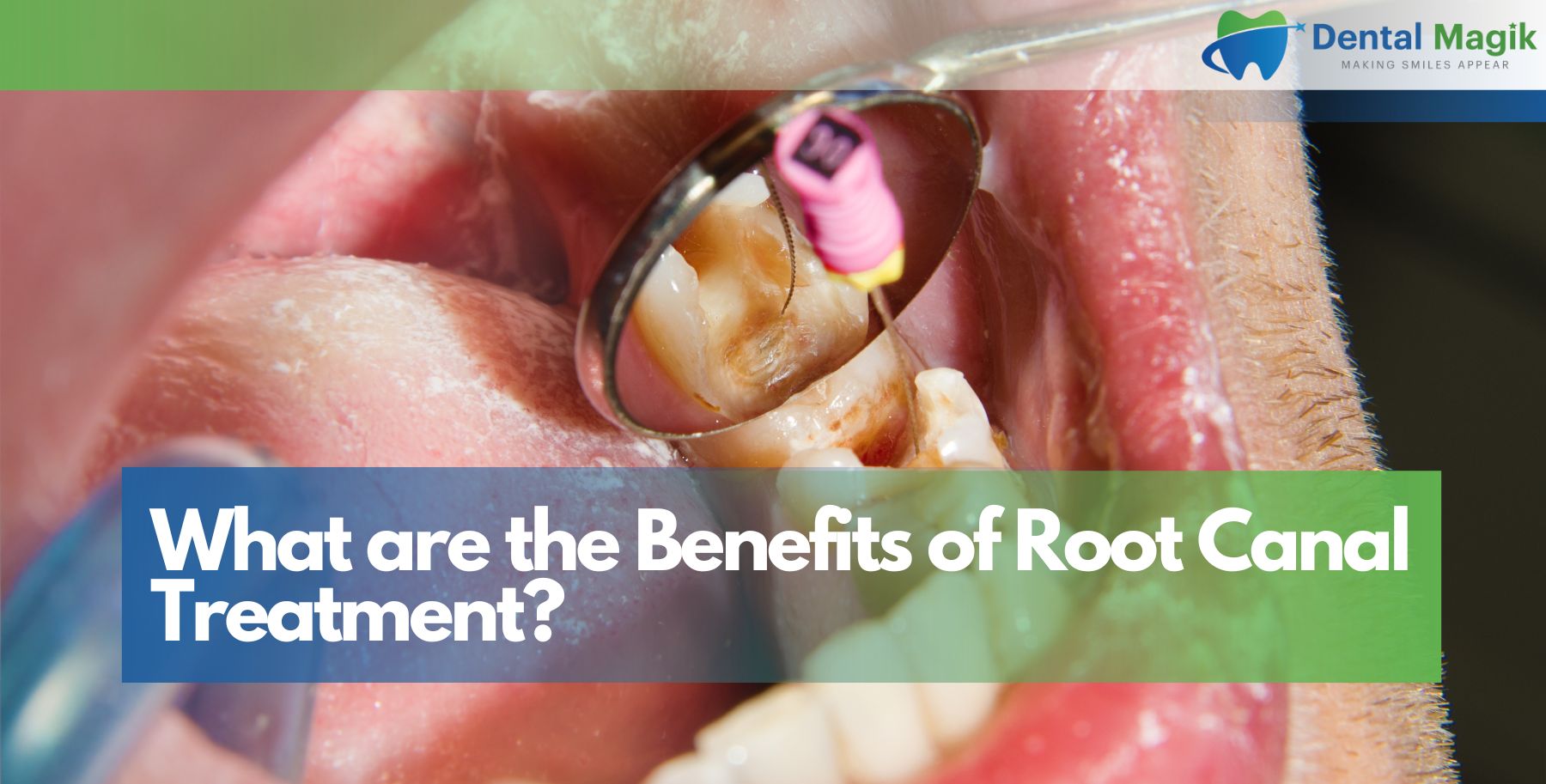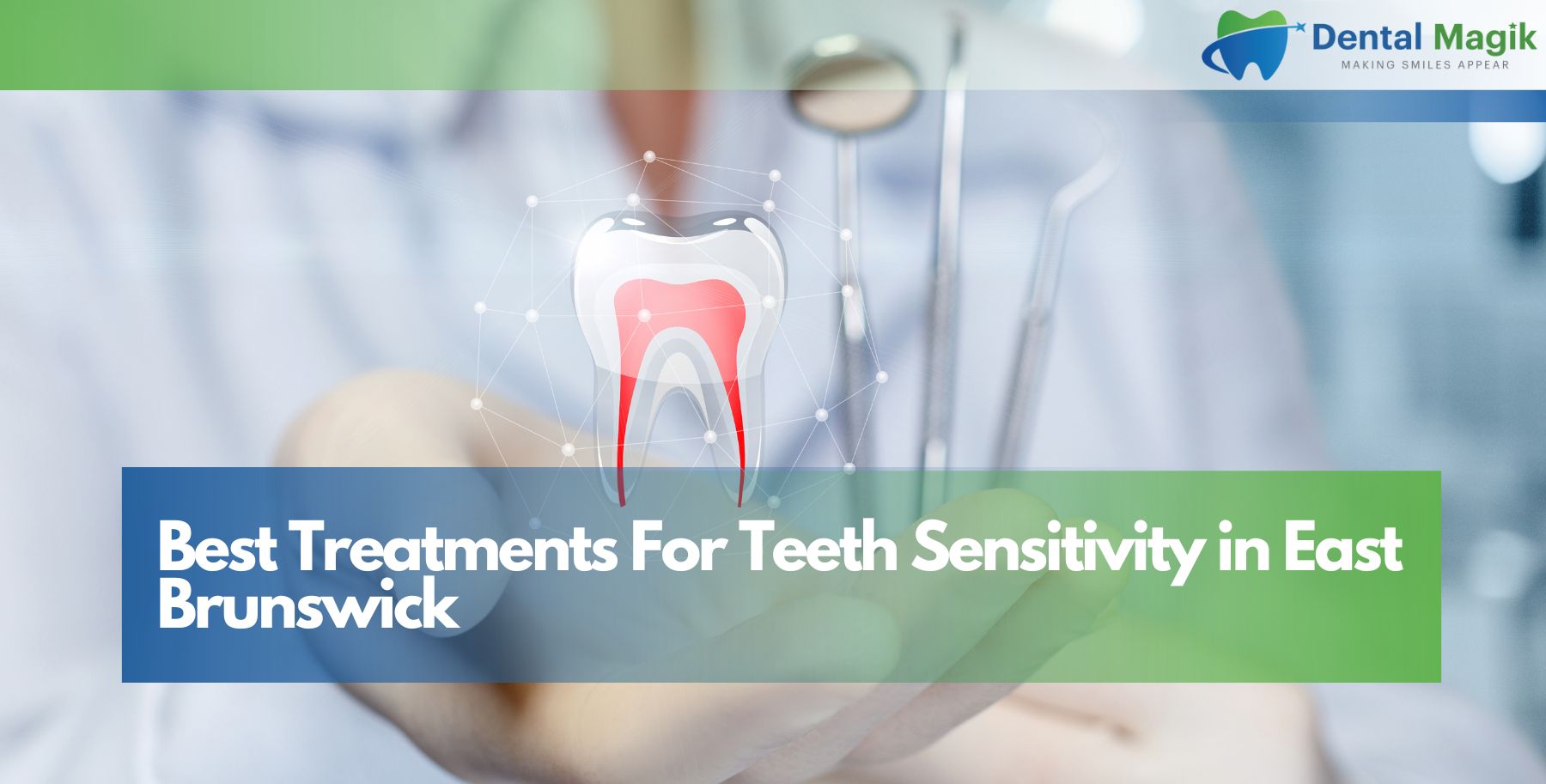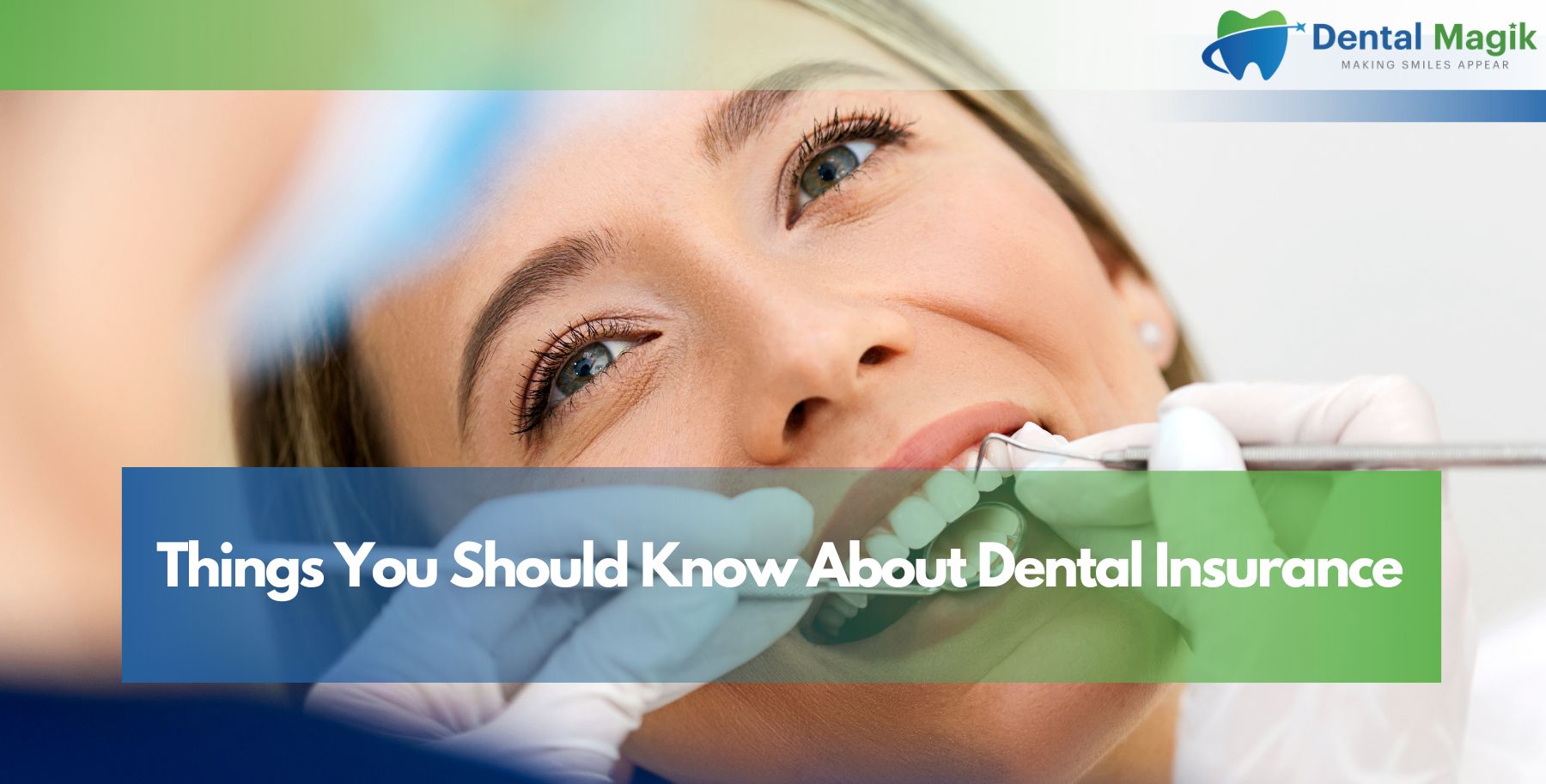Dental plaque is a sticky, colorless film of bacteria that constantly forms on our teeth. If left unchecked, this biofilm can lead to a host of oral health problems ranging from bad breath to serious gum disease and tooth decay. Understanding how to effectively combat plaque buildup is essential for maintaining optimal oral health. This comprehensive guide explores practical strategies for plaque removal, prevention techniques, and when to seek professional help from your local dental professionals.
Understanding Dental Plaque and Its Impact
Plaque begins forming on teeth within hours of brushing as bacteria in your mouth combine with food particles and saliva. This sticky substance adheres to tooth surfaces, including hard-to-reach areas between teeth and along the gumline. If not removed daily, plaque hardens into tartar (calculus), which can only be removed by dental professionals.
Understanding this invisible enemy is the first step toward effective management. Local environmental factors like water quality and dietary habits can influence plaque formation. Plaque contains harmful bacteria that produce acids, which attack tooth enamel and irritate gum tissue, potentially leading to cavities, gingivitis, and eventually periodontitis if left untreated.
Daily Oral Hygiene Practices for Plaque Removal
The foundation of plaque control starts with proper brushing technique. Use a soft-bristled toothbrush and fluoride toothpaste, brushing at a 45-degree angle to your gums. Employ gentle, circular motions rather than aggressive back-and-forth scrubbing, which can damage enamel and irritate gums.
You should brush for a full two minutes, twice daily. Many dentists recommend electric toothbrushes, which studies show can remove plaque more effectively than manual brushing alone. Remember to replace your toothbrush or brush head every three to four months, or sooner if bristles become frayed. Consistent brushing disrupts plaque colonies before they can organize and harden on tooth surfaces.
Effective Flossing Methods
While brushing addresses plaque on tooth surfaces, it cannot reach the tight spaces between teeth where plaque readily accumulates. Daily flossing is crucial for removing this hidden plaque and preventing interproximal cavities (decay between teeth).
To floss effectively, use about 18 inches of floss, winding most around your middle fingers. Hold a short section tightly between thumbs and forefingers, and slide it gently between teeth using a rubbing motion. Curve the floss around each tooth in a C-shape, and gently move it up and down against the tooth surface and under the gumline. Use a fresh section of floss for each tooth pair to avoid transferring bacteria.
For those who find traditional flossing challenging, water flossers or interdental brushes can serve as effective alternatives. These tools are particularly helpful for those with orthodontic appliances, bridges, or dexterity issues.
Antimicrobial Mouth Rinses
Incorporating an antimicrobial mouth rinse into your daily routine can help reduce plaque buildup by killing bacteria that brushing and flossing might miss. Look for rinses containing ingredients like cetylpyridinium chloride (CPC) or essential oils, which have been shown to reduce plaque and gingivitis when used as directed.
For maximum effectiveness, use mouth rinse after brushing and flossing, following package instructions for appropriate amount and duration. Avoid eating or drinking for 30 minutes afterward to allow the active ingredients to work. While mouth rinses shouldn’t replace mechanical cleaning methods, they provide an additional defense against plaque formation, especially in hard-to-reach areas.
Dietary Approaches to Minimize Plaque Formation
What you eat plays a significant role in plaque formation and prevention. Certain foods naturally inhibit plaque development and promote oral health. Crunchy fruits and vegetables like apples, carrots, and celery act as natural tooth cleaners, increasing saliva production which helps neutralize acids and wash away food particles.
Dairy products such as cheese, milk, and sugar-free yogurt provide calcium and phosphates that help remineralize tooth enamel. Green and black teas contain polyphenols that suppress harmful bacteria, while sugar-free gum with xylitol can reduce bacteria counts in saliva.
You can find these plaque-fighting foods at local farmers’ markets and grocery stores throughout, making it convenient to incorporate them into daily eating habits.
Foods to Limit or Avoid
Just as some foods fight plaque, others contribute significantly to its formation. Sugary and starchy foods provide fuel for plaque bacteria, which convert carbohydrates into acids that attack tooth enamel. Limit consumption of candies, cookies, cakes, potato chips, and white bread.
Acidic beverages like sodas, sports drinks, and certain fruit juices can weaken enamel, making teeth more vulnerable to plaque damage. When consuming these items, use a straw to minimize contact with teeth, and rinse with water afterward. Try not to sip acidic or sugary drinks throughout the day, as this provides a constant supply of fuel for plaque bacteria.
Professional Plaque Removal and Prevention
Even with diligent home care, some plaque will inevitably harden into tartar, which requires professional removal. You should schedule dental cleanings every six months, or more frequently if recommended by your dentist based on individual risk factors.
During professional cleanings, dental hygienists use specialized instruments to remove tartar buildup from all tooth surfaces, including below the gumline where home care cannot reach. These visits also provide an opportunity for early detection of cavities, gum disease, and other oral health concerns before they develop into more serious problems requiring extensive treatment.
Professional Preventive Treatments
Beyond regular cleanings, dental professionals offer several preventive treatments to combat plaque and strengthen teeth. Fluoride treatments apply a concentrated form of fluoride to teeth, helping to remineralize enamel and make it more resistant to acid attacks from plaque bacteria.
Dental sealants provide physical barriers against plaque, particularly on the chewing surfaces of back teeth with deep grooves where plaque readily accumulates. These thin protective coatings can last several years with proper care, significantly reducing the risk of decay in treated areas.
For patients with high cavity risk, dentists might recommend prescription-strength fluoride toothpaste or antimicrobial mouth rinses to provide extra protection against plaque-related damage.
Advanced Plaque Control for Special Situations
Braces, retainers, and other orthodontic appliances create additional surfaces and tight spaces where plaque can accumulate. Those undergoing orthodontic treatment in East need to be especially vigilant about plaque control to prevent white spot lesions (early decay) and gingivitis during treatment.
Specialized tools like orthodontic flossers, interdental brushes, and water flossers help clean around brackets and wires. Many orthodontists recommend antimicrobial rinses as an adjunct to mechanical cleaning methods for patients with fixed appliances. Attending all scheduled orthodontic and dental hygiene appointments ensures that any developing issues can be addressed promptly.
Plaque Control for Denture Wearers
Those wearing full or partial dentures face unique plaque challenges, as these prosthetics can harbor bacteria that contribute to bad breath, gum irritation, and even systemic health problems if not properly cleaned.
Dentures should be removed and thoroughly cleaned at least once daily using a denture brush and appropriate cleanser, not regular toothpaste which can be abrasive to denture materials. Soaking dentures overnight in an appropriate solution helps disinfect them. Remember to clean the gums, tongue, and any remaining natural teeth before reinserting dentures to minimize bacterial transfer.
Managing Plaque with Dry Mouth Conditions
Saliva plays a crucial role in naturally washing away food particles and neutralizing acids produced by plaque bacteria. When saliva flow is reduced due to medications, medical conditions, or advancing age, plaque accumulation accelerates, dramatically increasing decay risk.
If you’re experiencing dry mouth, discuss this condition with your dentist, who may recommend specialized products like artificial saliva, prescription fluoride treatments, or adjustments to existing medications when possible. Staying well-hydrated, using sugar-free gum or lozenges to stimulate saliva flow, and avoiding alcohol-containing mouth rinses can help manage this condition and reduce plaque-related complications.
Technological Advances in Plaque Control
The battle against plaque continues to benefit from technological innovation. Advanced electric toothbrushes now offer pressure sensors, timers, and even Bluetooth connectivity to track brushing habits and provide real-time feedback. These features help ensure thorough cleaning while preventing the excessive pressure that can damage gums.
Plaque-disclosing solutions and tablets contain harmless dyes that temporarily stain plaque, making it visible and easier to remove during home care. This visual feedback helps improve brushing technique by highlighting commonly missed areas.
Numerous smartphone apps can now remind users to brush and floss, track oral hygiene habits, and even provide tutorials on proper technique. These technological tools make maintaining a plaque-free mouth more engaging and effective than ever before.
Conclusion
Controlling dental plaque requires consistent effort but yields significant rewards in terms of oral health, overall wellbeing, and healthcare costs. By combining thorough daily home care with regular professional maintenance, you can effectively manage plaque and preserve your natural smile for a lifetime.
Remember that plaque control is not a one-size-fits-all approach. Your Dentist in East Brunswick, NJ can provide personalized recommendations based on your unique oral health profile, helping you develop a plaque control strategy that addresses your specific needs and challenges. By partnering with local dental professionals and implementing the strategies outlined in this guide, you can take control of plaque and enjoy the benefits of a healthy mouth for years to come.
FAQs
How quickly does plaque form after brushing?
Plaque begins forming on teeth within 4-12 hours after brushing. This is why twice-daily brushing is essential for keeping plaque levels under control. For optimal protection, dental professionals in Brunswick recommend brushing before bed and at one other time during the day.
Can I remove tartar at home?
No, once plaque hardens into tartar (typically within 24-72 hours), it cannot be safely removed at home. DIY tartar removal can damage tooth enamel and gums. Only dental professionals have the specialized tools and training to safely remove tartar without harming oral tissues.
How do I know if I have plaque buildup?
You can feel plaque as a fuzzy film on teeth, particularly noticeable in the morning or when you haven’t brushed for several hours. Plaque-disclosing tablets or solutions, available at local pharmacies, can temporarily stain plaque to make it visible for more effective removal.
Does mouthwash remove plaque?
Antimicrobial mouthwash can kill bacteria in plaque and help prevent its formation, but it cannot effectively remove existing plaque buildup. Mechanical cleaning through brushing and flossing remains essential for physical plaque removal.
How often should I replace my toothbrush?
Replace your toothbrush or electric toothbrush head every 3-4 months, or sooner if the bristles become frayed. Worn bristles are less effective at removing plaque and can potentially damage gums and enamel. Many dentists provide complimentary toothbrushes at routine checkups to encourage regular replacement.
Can children effectively remove plaque?
Children typically lack the manual dexterity to thoroughly clean their teeth until around age 7-8. Parents should assist with or supervise brushing and flossing until children can demonstrate proper technique. Family dentists in East Brunswick can provide age-appropriate plaque control guidance and demonstrate proper techniques for both children and parents.
Is electric or manual brushing better for plaque removal?
Studies show that electric toothbrushes, particularly those with oscillating-rotating technology, generally remove more plaque than manual brushing. However, proper technique matters more than the type of brush. Consult with your dental provider about which option might work best for your specific needs.
How does flossing help with plaque control?
Flossing removes plaque from between teeth and under the gumline where toothbrush bristles cannot reach. These areas account for approximately 40% of tooth surfaces and are common sites for cavity development and gum disease when plaque accumulates.







